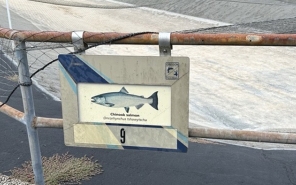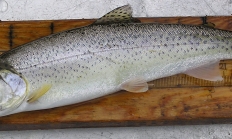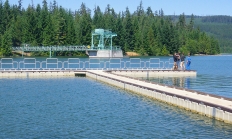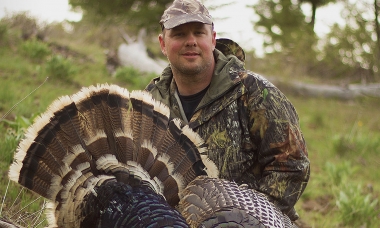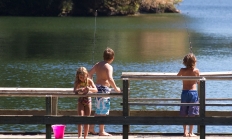ODFW shifting fish production to minimize impact of lost funding for Salmon River Hatchery: No hatchery programs eliminated, public/fishing access remains
OTIS, Ore.—ODFW's recent legislatively adopted budget did not include funding to continue the operation of Salmon River Hatchery, one of more than 30 hatcheries that ODFW maintains in the State. The cost of operating and maintaining the hatchery exceeded available revenue, but funding is just one of…
